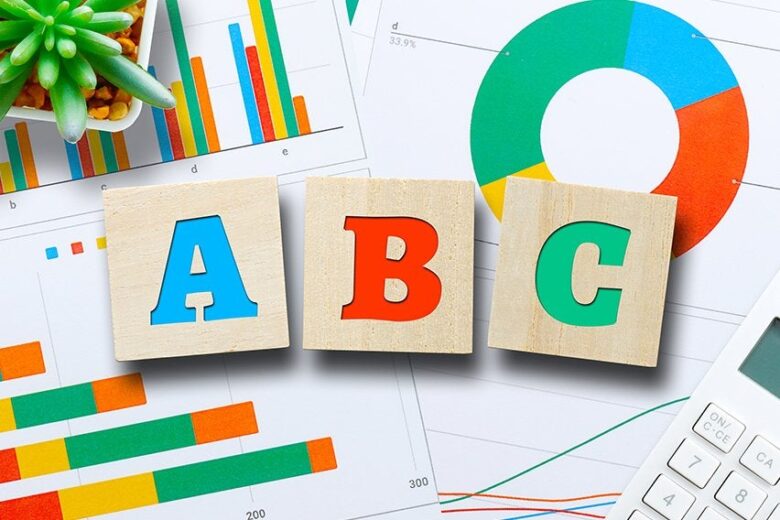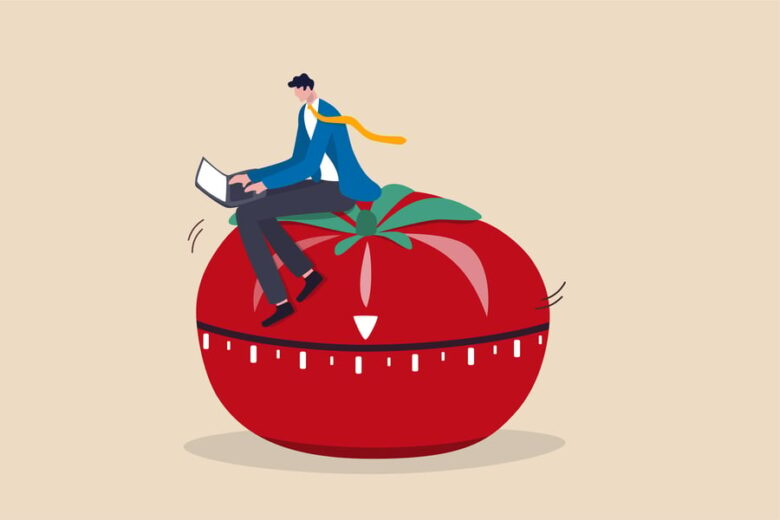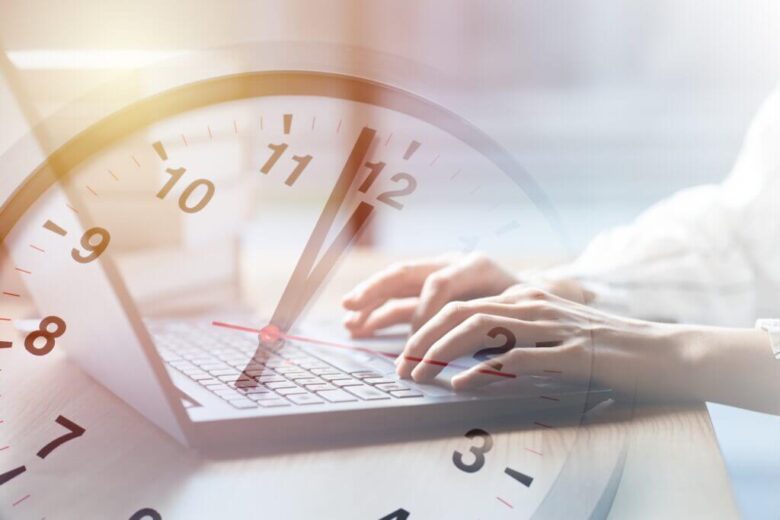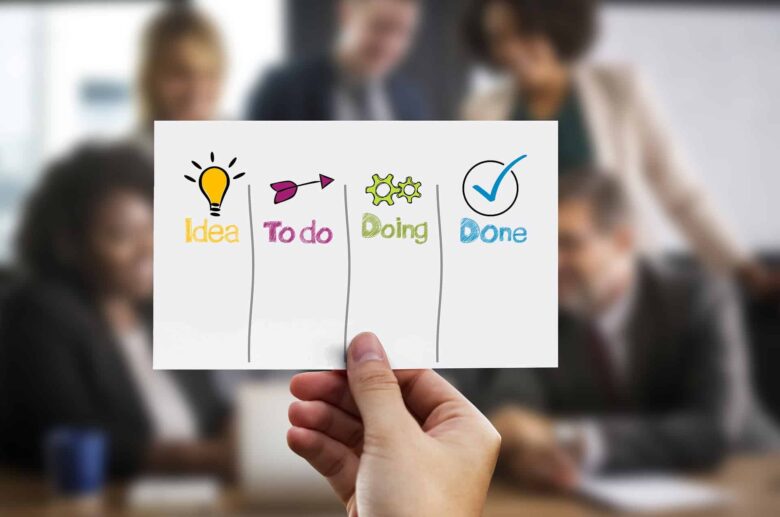Time management methods can significantly increase work productivity. Many time management methods can be used analog and digital. A plethora of time management apps promise to help you use the precious commodity of time more efficiently and achieve goals faster. Which app is the best fit depends on the specific requirements.
Contents
Classic time management methods

Source: freshbooks.com
Traditional time management methods include the Pareto method and the ABC method:
– Pareto principle (“80:20 rule”): 80 percent of the effect (of a task) can be achieved with 20 percent of the factors involved (effort).
– ABC method: Differentiates between very important (A, time: 15 percent), important (B, time: 20 percent) and less important (C, time: 65 percent) tasks.
Digital helpers for to-do lists
Numerous apps are available for planning upcoming tasks. Users can access the respective to-do lists from various end devices.
Any.do
Source: any.doThe planning app Any.do can be used to create to-do lists and sort the tasks by priority. Calendars, reminders and shopping lists complete the task management.
Chaos Control
The app Chaos Control is based on the Getting-Things-Done method and promises more control over the chaos on the desk. The software can be used to note down upcoming tasks, schedule appointments and define goals. The tasks in the to-do lists can be assigned to projects and areas.
Evernote
The app Evernote collects everything that can be stored digitally: Notes, ideas, contacts, lists, pictures and audio recordings. Suitable to-do lists can be generated from the digital notes.
Habitica
Source: medium.comThe Habitica app offers a playful way of completing tasks. The user’s own to-do list is transformed into a role-playing game, which works with rewards for completed lists and point deductions for uncompleted tasks. Rewards include “gold”, the next level or special equipment. Habitica can also be used to manage habits and daily tasks.
Todoist
With Todoist, tasks can be managed and sorted by date and priority. To-do lists can be retrieved by filters such as “Today”, “Soon” or by individual specifications. Tasks can be divided into subtasks and moved to other projects via drag & drop. The calendar function shows which task is due for a particular day.
To-do
The organization app To-do from Microsoft, is a successor to the popular app Wunderlist. To-do allows you to create tasks and plans, as well as share to-do lists with other people. All tasks can be broken down into individual steps.
Time management apps

Source: wrike.com
Self-management methods such as the well-known Pomodoro Technique allow you to work more productively. In the Pomodoro technique, you work with high concentration for 25 minutes and then take a 5-minute break. This is followed by more work intervals with the same pattern. The apps for the Pomodoro technique can be recognized by the component “Pomodoro” or “Tomato” in their names. For example, the apps Tomato.es, Pomodoro-Timer and Tomato-Timer are among them.
In the “52-17 work rhythm” method, 52 minutes of concentrated work are followed by a recovery break of 17 minutes. After the break, work is continued in a concentrated manner. The apps Clockodo TimeLog and Toggl, among others, have integrated stopwatches for digital time recording.
With the self-management methods mentioned, care should be taken to keep to the times exactly and to really relax during the breaks. No emails should be read or tasks completed during breaks. Relaxing activities for the breaks are walks, a chat with colleagues or a look at the greenery.
Digital recording of working hours

Source: kanzlei-baumfalk.de
With time-and-attendance software, companies can record their employees’ working hours automatically. When do employees start and end their work? Time and attendance (TNA) systems reliably log break times and absences, as well as when employees start work too late or leave work too early. The software helps reduce personnel costs by reducing overpayments. These are often caused by employees being paid for times when they did not work. Working hours, business trips and vacations can be clearly recorded and managed with time-and-attendance software.
A TNA system can also be used to track employee attendance. Since personnel costs represent the largest cost pool, the app should be chosen carefully. Keeping time records as accurately as possible is an important criterion when selecting software.
Digital Detox – Apps for digital time-out

Source: healthline.com
Constant notifications through push messages and round-the-clock availability cause permanent tension for many. The solution is called “digital detox.” The tips range from switching on flight mode to radically limiting smartphone consumption.
Numerous apps offer support for the “Digital Detox”. The “Digital Wellbeing” app can be used to limit smartphone usage time. A relaxation mode ensures that the eyes are not overstimulated. Selectable grayscales protect the eyes from being overstimulated by too much color. The “Do not disturb” mode keeps messages or calls away.
For iPhones and iPads, there is a sleep mode with the “Screen Time” app. The app shows how often the iPhone or iPad was used and which apps were active during this time. The usage time per app is also documented. A time limit can be set for the use of apps. The Focus app can be used to specifically reduce distractions. For example, you can only allow messages that are required to complete a certain task.
With the Forest app, a digital tree is displayed as a reward for a certain amount of time without smartphone use. With a long digital time-out, a stately digital forest can grow up in this way. Those who can’t resist the temptations of the smartphone have to make do with a barren desert landscape.
Digital Kanban boards for project management

Source: kanbanzone.com
Developed in the 1940s, the Kanban method is still the method of choice in project management. A board presents the breakdown of tasks that the team has to work on. The board shows the current status of the tasks and the development of the project. The clear presentation of tasks visualizes project-related issues and ensures a better workflow.
Today, digital Kanban boards are predominantly in use, especially in software development teams. Meanwhile, there is a huge selection of Kanban software. Digital Kanban boards are like a pinboard on which the tasks of the different employees are pinned. On the board the time frame of the individual tasks is exactly specified. If a particular task takes too much time, this is quickly identified and discussed within the team.
The most frequently used lists on a digital Kanban board include “To Do”, “Work in Progress” and the “Done” list. The To Do column contains the tasks scheduled for a specific time period. These are moved to the “Work in Progress” column as soon as they are processed. Once a task is completed, it moves to the “Done” column. With a digital Kanban board, all team members can view the current status.
When selecting a digital Kanban board, attention should be paid to intuitive usability and features for time tracking. With the Orga tool Awork, for example, time evaluations can be integrated. With this tool, task management and time management are well coordinated. The project management tool monday.com includes features for time tracking and timeline views. Ideally, digital Kanban boards should also be integrable into other tools.
